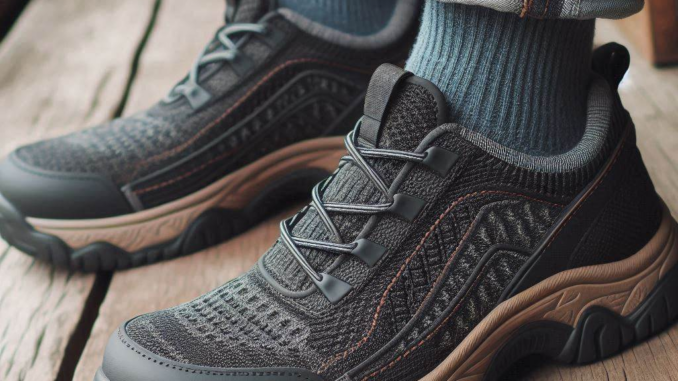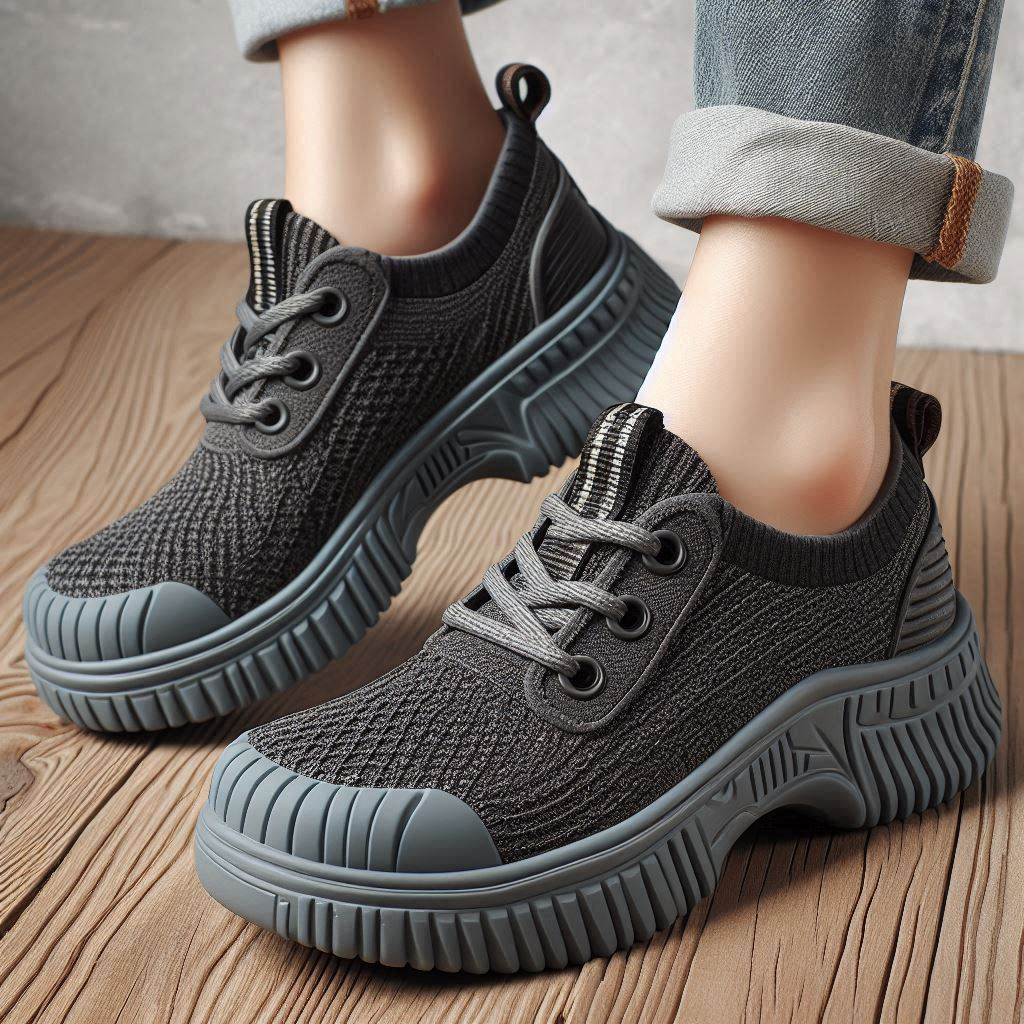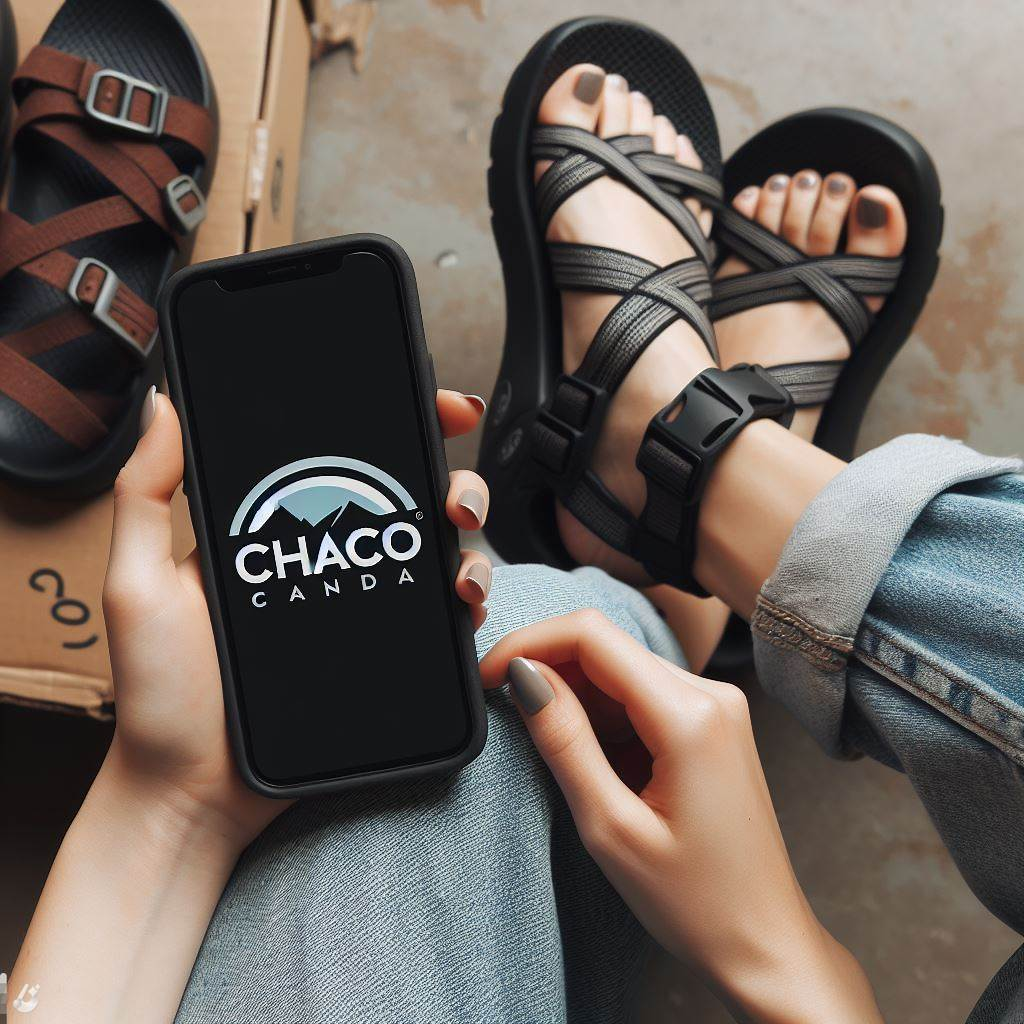
Slip Resistant Shoes: Your Guide to Safe Footing
Have you ever slipped at work and thought, “Wow, that could have been bad”? If so, you’re not alone. Slips and falls are a big deal in many workplaces, from busy kitchens to hospital halls. That’s where slip resistant shoes come in – they’re like your personal bodyguards for your feet. In this guide, we’ll walk you through everything you need to know about these safety superheroes for your feet.
Quick Answer
Slip resistant shoes are specially designed footwear with unique outsoles that provide extra grip on slippery surfaces, helping prevent accidents in workplaces where floors may be wet, oily, or otherwise hazardous.
Why Slip Resistant Shoes Matter
Let’s talk about why these shoes are such a big deal. It’s not just about keeping you on your feet – though that’s pretty important! Here’s the scoop:
- Safety First: These shoes are all about keeping you safe. They help stop slips and falls, which are some of the most common workplace accidents.
- Comfort Counts: Many slip resistant shoes are made to be comfy for long hours on your feet. That means less achy feet at the end of your shift.
- Rules and Regulations: In some jobs, wearing slip resistant shoes isn’t just a good idea – it’s the law. Many workplaces require them to meet safety standards.
- Cost-Effective: While they might cost a bit more upfront, slip resistant shoes can save you money in the long run by preventing accidents and lasting longer than regular shoes.
My Slippery Tale: A Personal Story
I remember my first day working in a busy diner. I thought my regular sneakers would be fine. Boy, was I wrong! One moment I was carrying a tray of drinks, the next I was sliding across the kitchen floor like I was on an ice rink. Luckily, I didn’t fall, but it was a close call. The next day, I bought my first pair of slip resistant shoes. It was like night and day – suddenly, I could walk with confidence, even when the floor was slick with spills. That experience taught me the real value of having the right shoes for the job.
How Slip Resistant Shoes Work Their Magic

Ever wonder what makes these shoes so special? It’s all about the science of friction and some clever design. Let’s break it down:
The Outsole: Where the Magic Happens
The outsole is the bottom part of the shoe that touches the ground. In slip resistant shoes, it’s designed to create as much friction as possible. Here’s how:
- Special Materials: Many slip resistant shoes use soft, rubber-like materials that grip the floor better than hard plastics or leather.
- Tread Patterns: The bottoms of these shoes have unique patterns cut into them. These patterns help push water or oil away from the shoe, giving you better contact with the floor.
- Micro-channels: Some high-tech slip resistant shoes have tiny channels in the sole that help disperse liquids, kind of like the treads on a car tire.
The Science of Slip Resistance
It’s not just about having a grippy sole. The way slip resistant shoes work involves some pretty cool science:
- Friction: This is the force that resists motion between two surfaces touching each other. More friction means less slipping.
- Surface Area: The more of your shoe that’s in contact with the ground, the better grip you’ll have. That’s why many slip resistant shoes have flat, wide soles.
- Pressure: When you step, your weight creates pressure between your shoe and the floor. Slip resistant shoes are designed to maximize this pressure to increase friction.
Choosing the Right Slip Resistant Shoes
Now that you know why slip resistant shoes are so important, how do you pick the right pair? Here are some tips to help you find your perfect match:
Know Your Workplace
Different jobs have different needs. Think about your work environment:
- Kitchen Work: Look for shoes that resist both water and oil. They should also be easy to clean.
- Healthcare: You’ll want shoes that are comfortable for long hours and easy to clean. They should also be quiet for hospital settings.
- Outdoor Work: If you work outside, you’ll need shoes that can handle different weather conditions and uneven surfaces.
Check the Ratings
Many slip resistant shoes come with ratings that tell you how well they perform on different surfaces. Look for shoes that match your needs.
Try Before You Buy
If possible, try on shoes before buying. Walk around, squat, and move like you would at work. The shoes should feel comfortable and secure.
Look for Extra Features
Some slip resistant shoes come with bonus features that might be helpful:
- Steel toes for extra protection
- Waterproof materials
- Extra cushioning for comfort
- Breathable fabrics to keep your feet cool
Top Picks for Slip Resistant Shoes
While everyone’s feet are different, here are some popular choices that get great reviews:
| Brand | Best For | Features |
|---|---|---|
| Shoes for Crews | Restaurant Work | Great grip, easy to clean, comfortable for long shifts |
| Skechers Work | Healthcare | Lightweight, cushioned, slip-on styles available |
| Timberland PRO | Construction | Durable, waterproof options, some with steel toes |
Taking Care of Your Slip Resistant Shoes
To get the most out of your slip resistant shoes, you need to take good care of them. Here are some tips:
- Clean Regularly: Wipe down your shoes after each shift to remove dirt and grime that can affect grip.
- Check the Tread: Look at the bottom of your shoes often. If the tread is wearing down, it’s time for a new pair.
- Rotate Pairs: If you can, have two pairs of shoes and switch between them. This helps them last longer.
- Store Properly: Keep your shoes in a cool, dry place when you’re not wearing them.
The Impact of Slip Resistant Shoes: By the Numbers
Still not sure if slip resistant shoes are worth it? Check out these stats:
- According to the National Floor Safety Institute, slips and falls account for over 1 million hospital emergency room visits each year.
- The U.S. Department of Labor reports that slips, trips, and falls make up the majority of general industry accidents.
- A study by the Health and Safety Executive found that wearing slip resistant shoes can reduce slip accidents by up to 50%.
Beyond the Workplace: Everyday Use of Slip Resistant Shoes
While we often think of slip resistant shoes for work, they can be useful in many situations:
- Rainy Day Wear: Great for navigating slick sidewalks on wet days.
- Winter Weather: Some slip resistant shoes work well on icy surfaces.
- Sports: Certain slip resistant shoes are perfect for activities like boating or fishing.
- Elderly Care: Slip resistant shoes can help prevent falls for older adults.
Wrapping Up: Your Next Steps
Now that you’re a slip resistant shoe expert, what’s next? Here are some steps you can take:
- Check your current shoes. Are they slip resistant? If not, it might be time for an upgrade.
- Talk to your employer about slip resistant shoe requirements or recommendations for your workplace.
- Start shopping! Use the tips in this guide to find the perfect pair for your needs.
- Once you get your new shoes, practice good care habits to keep them in top shape.
Remember, slip resistant shoes are more than just footwear – they’re an investment in your safety and comfort. By choosing the right pair and taking good care of them, you’re taking a big step towards a safer, more comfortable work life. Stay safe out there, and happy walking!


Leave a Reply